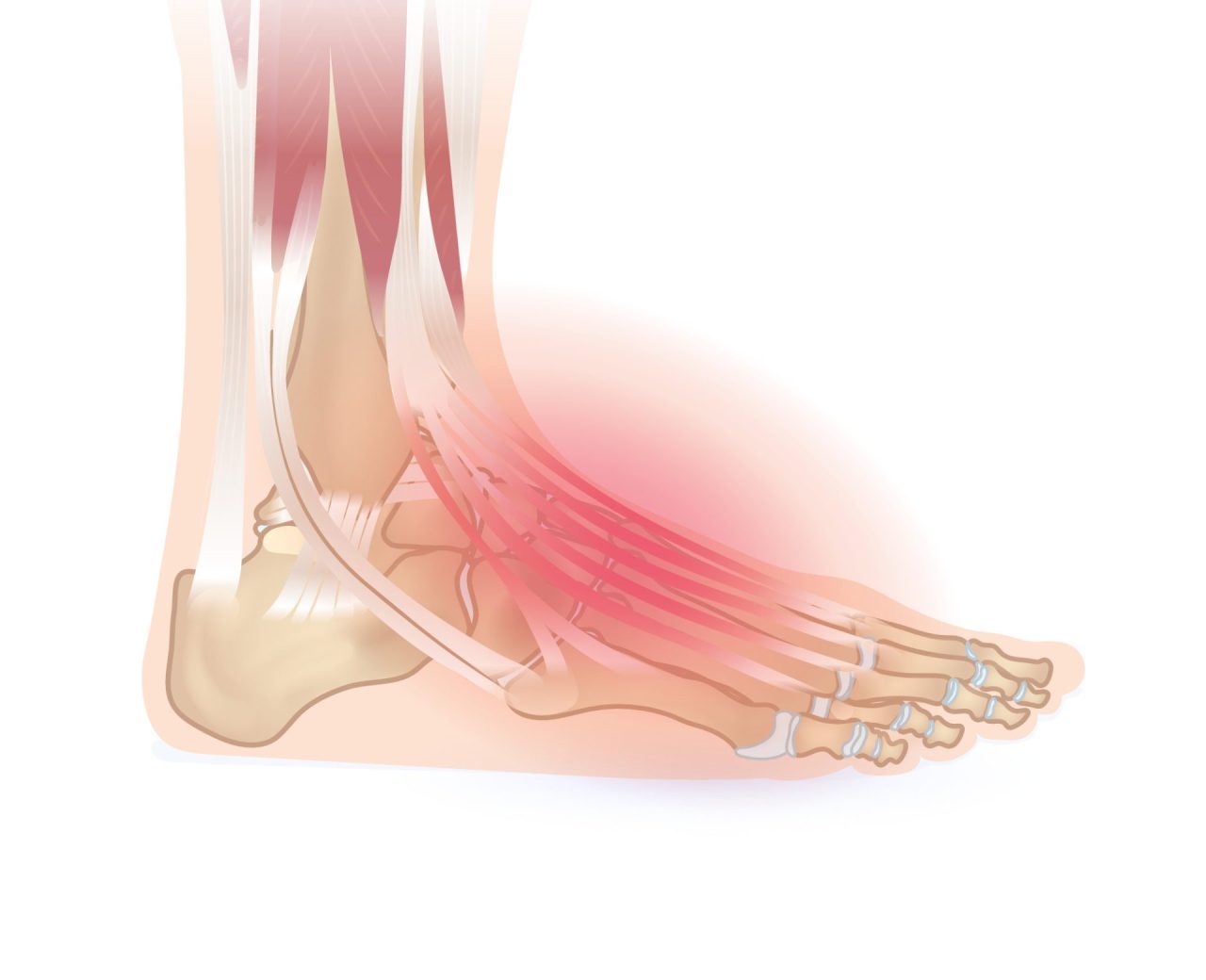Lisfranc fracture is a complex injury that involves the bones and ligaments in the midfoot. It typically occurs when there is a disruption or fracture in the Lisfranc joint complex, which connects the metatarsal bones (forefoot) to the tarsal bones (midfoot). This injury can result from direct trauma, such as a fall or accident, or from high-energy activities that cause significant stress on the foot.
Managing a Lisfranc fracture requires a comprehensive approach to promote healing, restore function, and prevent long-term complications. By applying the 5 stages of rehabilitation, individuals with a Lisfranc fracture can effectively recover and regain optimal foot function.
- Pain management: The first stage focuses on managing pain and reducing inflammation in the affected foot. Physiotherapists may employ modalities such as ice therapy, heat therapy, or manual treatment techniques to alleviate pain and promote healing. Lisfranc injuries typically require a period of immobilization or surgery to stabilize the injury. Physiotherapy treatments may focus on tissues away from the site of injury during this time.
- Range of motion: Once pain is under control and healing has adequately progressed, the emphasis shifts to restoring normal range of motion in the foot and ankle. Physiotherapists prescribe gentle range of motion exercises and joint mobilization techniques to improve flexibility and prevent stiffness in the affected joints. These exercises aim to gradually increase the mobility of the foot while protecting the healing structures.
- Motor control and balance: This stage focuses on improving motor control, proprioception, and balance to enhance foot stability and prevent further injury. Physiotherapists prescribe specific exercises that target the muscles and ligaments around the foot and ankle. These exercises may include balance training, proprioceptive exercises, and strengthening exercises to improve joint control and prevent abnormal movement patterns.
- Strength training: Strengthening the muscles surrounding the foot and ankle is crucial for providing support and stability to the healing Lisfranc joint. Range Physiotherapists will design a personalized exercise program that targets the intrinsic foot muscles, calf muscles, and other lower leg muscles. These exercises may include toe curls, calf raises, ankle strengthening exercises, and other specific strengthening exercises to gradually rebuild strength and improve foot stability.
- Maintenance and prevention: The final stage focuses on maintaining the gains achieved through rehabilitation and implementing strategies to prevent further foot injuries. Range Physiotherapists will provide guidance on footwear, orthotics, supportive bracing and modifications to prevent excessive stress on the foot. They may also assess movement patterns and provide recommendations on activity modifications and gradual return to sports or activities to avoid reoccurrence of the Lisfranc injury.
Working closely with a qualified physiotherapist who specializes in foot and ankle rehabilitation is crucial. Range Physiotherapists will assess the severity of the Lisfranc fracture, monitor healing progress, develop a personalized treatment plan based on the 5 stages of rehabilitation, and guide the individual through each stage of recovery. With proper treatment, exercises, and adherence to preventive strategies, individuals with a Lisfranc fracture can experience pain reduction, improved foot function, and a reduced risk of long-term complications.
For more information regarding Lisfranc injuries please see: https://www.physio-pedia.com/Lisfranc_Injuries?utm_source=physiopedia&utm_medium=search&utm_campaign=ongoing_internal


